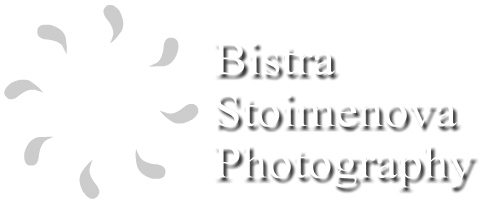When you intend to work with old images, the first thing you obviously need to do is to find some old images. In Bulgaria, there are a few options to do this. The biggest archive database is the National Archives - the state organisation whose job is to safeguard the past and the artifacts which it created - artifacts of any kind, that is. The National Archives are a good place to do research if you need some old texts and information. The main problems here were the obvious facts:
- The National Archives is a state organisation, funded and governed by the state. Hence, anything that happens takes a lot of time. You need to file in an official request (and that request can finally be processed in a month or two if at all), then you will probably spend days researching WHAT you exactly need and only then you will have access to the real content. I have been there, even in the store rooms, and can confirm that the state of the things kept there is something resembling an orderly mess.
- The second problem is that the amount of images in the National Archives is too big and mostly uncatalogued. That means that even workers in the archives are not fully aware of what is exactly available in the store rooms.
- The third and biggest problem of all was, however, a bit different. None of the images stored and kept in the National Archives was actually available in digital format. They had the negatives or the prints but very few scanned versions you can work with. Plus, even if you want to have something scanned, you need to pay for the process (and the price is per image, quite high for Bulgarian standards)
Having all this in mind (and consulting with older photographers who for some reason had to go and do a research in the archives), I was aware that going there is not an option. Instead of finding some clarity on the nature of my project and what exactly I needed to photograph, I would most likely get overwhelmed by too much and doubtfully relevant information.
This is the reason why I turned to digital archives - websites with image collections one can look though and organised per category. The first one I could think of, was the www.lostbulgaria.com - maybe the biggest on-line image database that is organised per year, theme, region and what not. (see the screen grab below)
 |
| This is how the Lost Bulgaria website looks like in the 'search by city section' |
It is very easy to do a research there since the content is very clearly categorised. The problem was that there you can find images about pretty much any event in Bulgarian history from the invention of the Daguerreotype onwards BUT most of the images are not about the architecture but about what has happened to the people in the pictures. I tried to search according to city since what I needed were pictures of Sofia - what I love about Lost Bulgaria is that they always scan their images in very high quality.
When it turned to pure architectural images (or street photography at least, something that I can use for the re-photography project), it turned out that I don't really have that many options. Such images were very few and far between in this website since the database if filled with contributions from random people who decide to scan the old family photos and send them to the team. When you put an image in the family album, it is only natural to have something that is important to you as an individual and to you family as a whole (here is what kind of images one can find under the category 'Sofia' in this website click here).
Hence, these two, apparently very popular options were totally off the table and I needed to find other sources for my old images.
Hence, these two, apparently very popular options were totally off the table and I needed to find other sources for my old images.




No comments:
Post a Comment